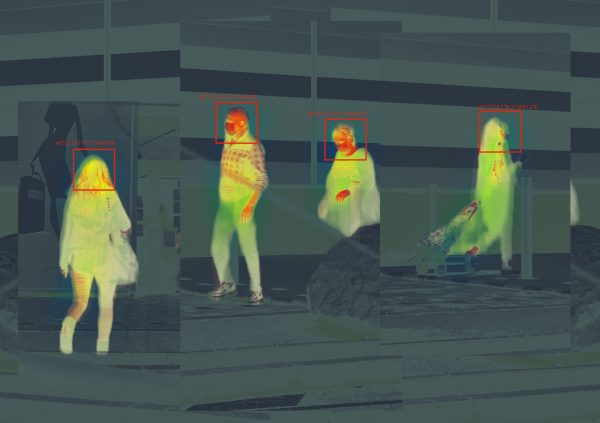E-health and telehealth apply information and communications technologies (ICT) to healthcare in providing a larger volume of services with reduced human contact. These applications are critical for responding to pandemics in three specific areas: surveillance, investigation and response, and medical capacity management.
Public health surveillance facilitates effective control or elimination of a pandemic. Rapid reporting, even when cases are not confirmed, can help health authorities collect data and control the disease before it becomes too difficult to contain.
Mobile technologies have been widely adopted during the COVID-19 outbreak for testing and contact tracing. In China, for example, local governments implemented a control strategy based on coloured QR codes — green for no infection, yellow for under testing and red for confirmed infection — for all individuals. This provided public health authorities with accurate information related to the spread of the virus while minimising panic.
E-health can assist investigations and responses to disease outbreaks in four key areas.
First, it facilitates the confirmation of an outbreak. Most countries now have electronic surveillance systems integrated with electronic health records (EHRs) that can efficiently identify an outbreak.
Second, e-health facilitates definition and revision of the case that serves as a guide to the clinician for reporting cases. A standard set of criteria is used for deciding whether a person should be classified as suffering from the disease under investigation. A case definition can be clinical (entirely symptom and signs-based), laboratory-based (involving some type of diagnostic confirmation), or a combination. EHRs that carry patients’ data of COVID-19 have been used for the case definition and revision.
Third, e-health enables more rapid and accurate testing. A lack of reliable testing has been a major bottleneck in response to the COVID-19, resulting in a rapid proliferation of infections and unexpected hospitalisations. Since COVID-19 is a new virus, test techniques are still evolving with varying levels of cost, duration and dependability. Some initial screening measures, such as temperature checks, were prone to human error while exposing people to a risk of infection. Robots and machines have since been deployed to do the job remotely.
Fourth, e-health supports the implementation of control measures that identify potentially infected individuals. Contact tracing for example has extensively been used to manage COVID-19 across countries. In some places like China, other surveillance tools (for example, monitoring cameras) have also been used to identify people with abnormal conditions in a crowd but not without criticisms due to privacy invasion.
Pandemics significantly challenge the capacity of healthcare services. The workload for physicians rises due to an increased need for diagnoses, treatments and frontline advice to members of the community. E-health can alleviate this strain on healthcare services. For example, medical professionals can instantaneously and easily access shared EHR systems to retrieve, update and securely store patient data from multiple locations.
Telehealth is another tool to alleviate strain on healthcare services. For example, telehealth applications are now being used in Australia to consult potential COVID-19 patients without their physical visits.
Many other technologies are being adopted extensively across the globe to combat pandemics, such as 3D printing to produce personal protective equipment. Governments may need to encourage this further by providing incentives to local manufacturers through appropriate policies.
Importantly, in order to successfully manage a pandemic, control measures must be adopted by all citizens of a city, state or country within a limited time frame. Governments have to design, implement and enforce control policies quickly for all citizens.
This poses political and ideological challenges. Reaching consensus on the nature of a problem and the best course of action is not easy, particularly for democracies based on plurality. Multiple conflicting interests may interfere with the decision-making process, resulting in inconsistent policy. ICT in the hands of a centralised government raises the fear of a ‘big brother’ surveillance state encroaching upon individual freedoms and privacy, as witnessed over the concerns around EHRs.
Proper precautions must be taken to ensure that data is managed responsibly and without infringing on individual rights while also ensuring the effective management of a pandemic. Maximising the use of technology will continue to be critical for the fight against COVID-19.
Pradeep Kumar Ray is Director of the Centre for Entrepreneurship at The University of Michigan – Shanghai Jiao Tong University Joint Institute and Honorary Professor and co-Founder of the WHO Collaborating Centre on eHealth at The University of New South Wales.
Soong-Chul Ro is Associate Teaching Professor at The University of Michigan – Shanghai Jiao Tong University Joint Institute.
Junhua Li is a business information systems professional based in Sydney. He has a PhD, focussed on e-health for pandemic response, strategic planning and change management, from The University of New South Wales.
This article is part of an EAF special feature series on the novel coronavirus crisis and its impact.

